Over 40% Penetration Rate by 2025! Why Has Yonghua's YU Series Injection Molding Machine Become the Top Choice for New Energy Vehicle Manufacturers?
According to the CPCA data, the cumulative retail sales of new energy vehicles from January to February 2025 were 1.835 million units, a year-on-year increase of 52%, with the penetration rate soaring to 40.3%. This trend not only marks the gradual mainstreaming of new energy vehicles in the market but also brings huge development opportunities to the related industrial chain.
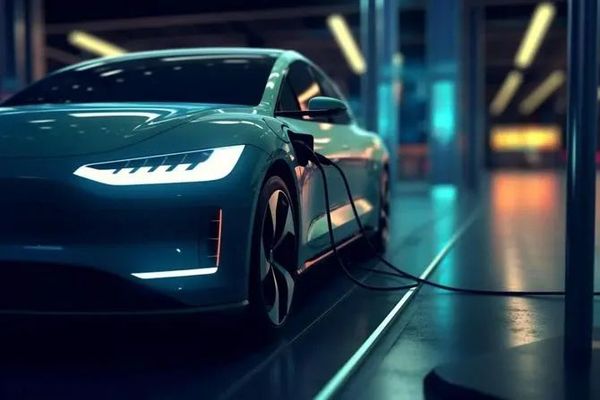
According to the "Technology Roadmap for Energy-saving and New Energy Vehicles," by 2030, the vehicle weight reduction rate in our country will reach 35%. Due to its low density and high strength characteristics, plastic material has become a key material for achieving vehicle lightweighting. As the core equipment for the production of plastic components, the demand for injection molding machines continues to grow.
The rapid development of new energy vehicles has placed higher demands on the precision, stability, and overall weight of components. Yonghua Plastic Machinery, targeting the key factor of vehicle weight that restricts the development of new energy vehicles, has launched the YU series of injection molding machines. This series of models, through their excellent injection molding capabilities, empower product lightweighting, creating plastic products that are both lightweight, smooth and flat, complex in shape, strong in impact resistance, and precise in size, reducing component weight in multiple aspects.
At the same time, the YU series of injection molding machines, with features such as small footprint, large mold capacity, fast production cycle, and excellent molding effects, provide lightweight solutions for vehicle and component manufacturers through superior product performance, helping to reduce burden and increase speed in productivity, fully meeting the high-efficiency production demands of the new energy vehicle industry.

YU series
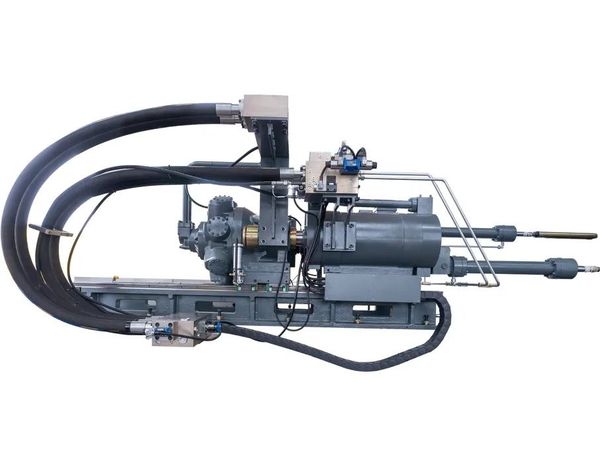
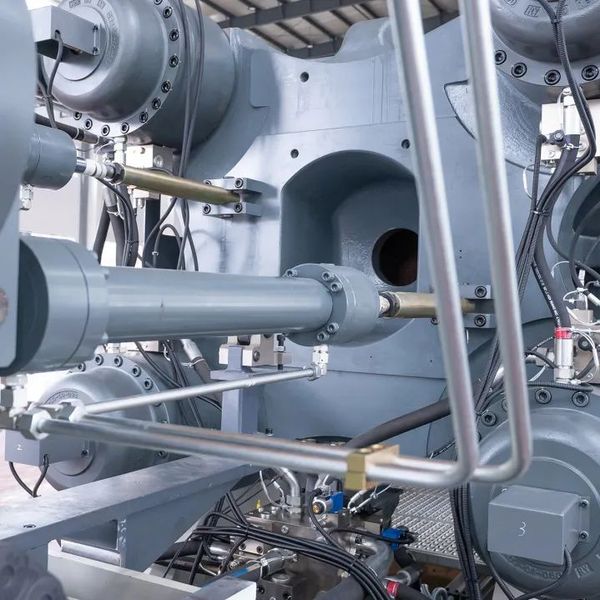
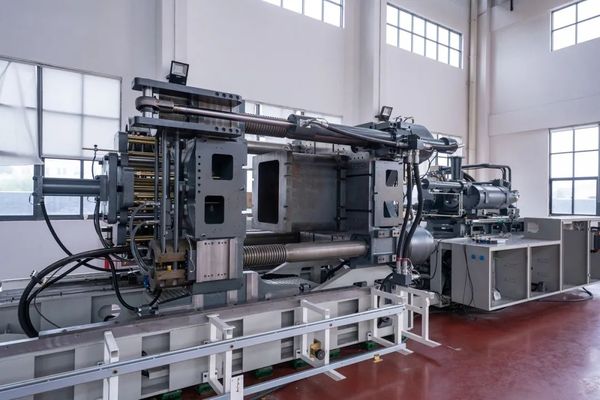
1
high-precision closed-loop control
Adopting high-response ratio directional valves and high-precision electronic rulers, full closed-loop control on the mold closing side is achieved, ensuring fast response, stable operation, and high precision, meeting the stringent requirements of automotive parts for accurate dimensions and stable weight.
2
twin-cylinder parallel injection + linear guide rail
The injection side adopts a dual-cylinder parallel structure and linear guide rail design, making operation more stable, with a comprehensive improvement in injection accuracy and response speed, easily meeting the production requirements for complex shapes and impact-resistant plastic products.
3
rapid mold change + synchronous braking
Diagonal balanced force distribution of the rapid moving mold cylinder significantly shortens the mold opening and closing cycle; the synchronous braking mechanism, in conjunction with the short-stroke high-pressure cylinder, rapidly establishes clamping force, greatly improving production efficiency.
4
high-performance KEBA computer
Equipped with intelligent KEBA computer, flexibly adjust production parameters, helping manufacturers achieve maximum productivity.
5
high rigidity box-type template design
The structure is simple and compact, saving about 20% of space, with a more worry-free operation process, more convenient maintenance, lower energy consumption, and overall cost savings for customers.
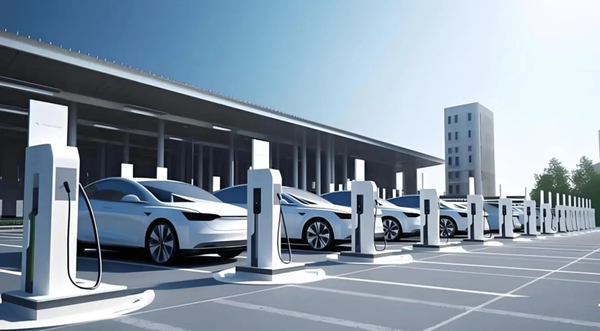
As the new energy vehicle market continues to grow, Yonghua Plastics Machinery will continue to focus on technological innovation, promoting the digitalization and intelligent upgrade of the YU series injection molding machines.
In the future, Yonghua Plastics Machinery will be dedicated to providing more competitive solutions for global new energy automotive industry customers, contributing to the sustainable development of the industry.
【Copyright and Disclaimer】The above information is collected and organized by PlastMatch. The copyright belongs to the original author. This article is reprinted for the purpose of providing more information, and it does not imply that PlastMatch endorses the views expressed in the article or guarantees its accuracy. If there are any errors in the source attribution or if your legitimate rights have been infringed, please contact us, and we will promptly correct or remove the content. If other media, websites, or individuals use the aforementioned content, they must clearly indicate the original source and origin of the work and assume legal responsibility on their own.
Most Popular
-

List Released! Mexico Announces 50% Tariff On 1,371 China Product Categories
-

Nissan Cuts Production of New Leaf EV in Half Due to Battery Shortage
-

New Breakthrough in Domestic Adiponitrile! Observing the Rise of China's Nylon Industry Chain from Tianchen Qixiang's Production
-

Dow, Wanhua, Huntsman Intensively Raise Prices! Who Controls the Global MDI Prices?
-

Mexico officially imposes tariffs on 1,400 chinese products, with rates up to 50%






